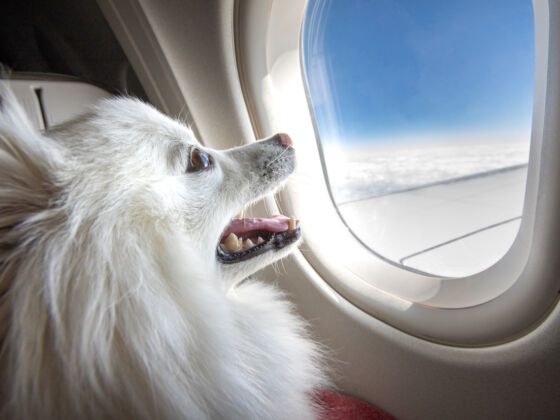In his short life, my dog Norman (a.k.a. “Norm”) has marked his territory in two foreign countries and almost all the states east of the Mississippi.
He recently flew back from Guatemala and looks forward to a bit of a rest before his next journey. Right now, he is sniffing a cat’s butt.
The first question many people ask about Norm is how we manage to travel with him. Certainly his size assists in this process, but many people are curious as to how to prepare to take a pet on the road. There seems to be a self-defeatist attitude about traveling with pets, whether it is the cost of care or the bureaucracy involved with crossing borders.
